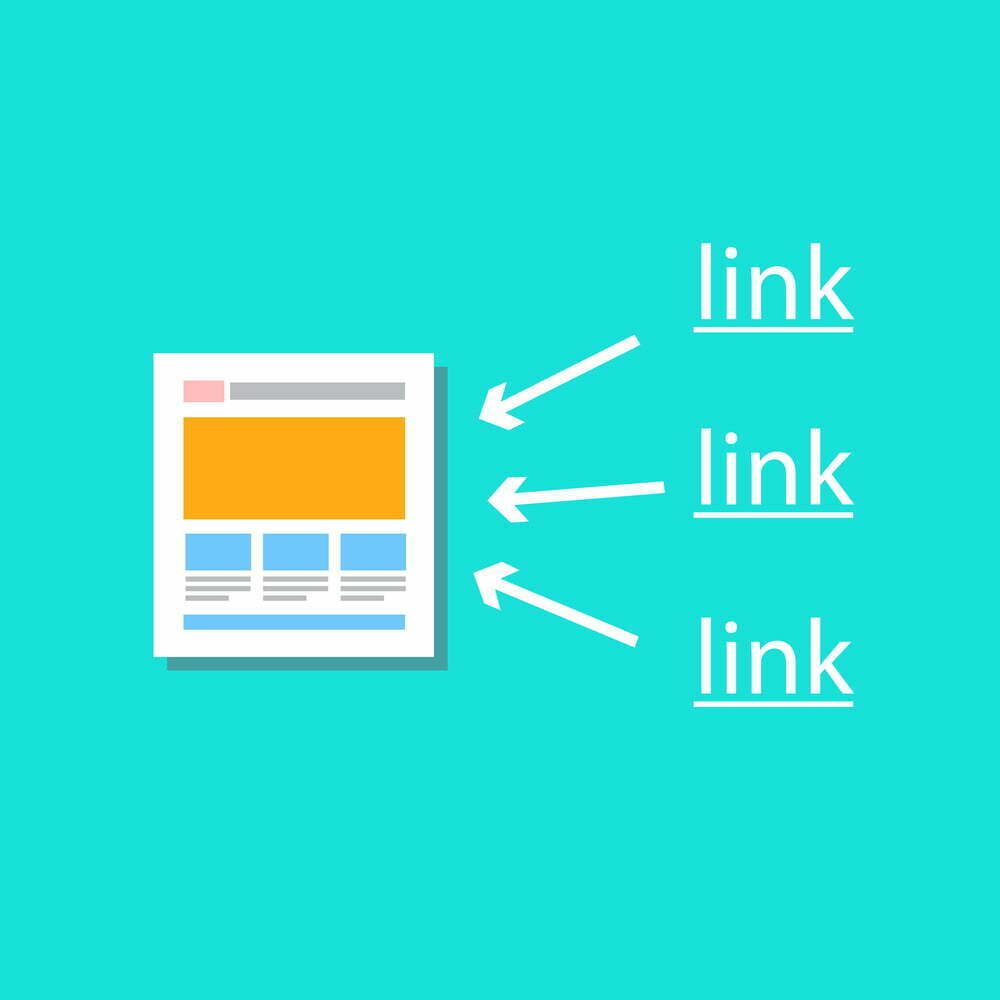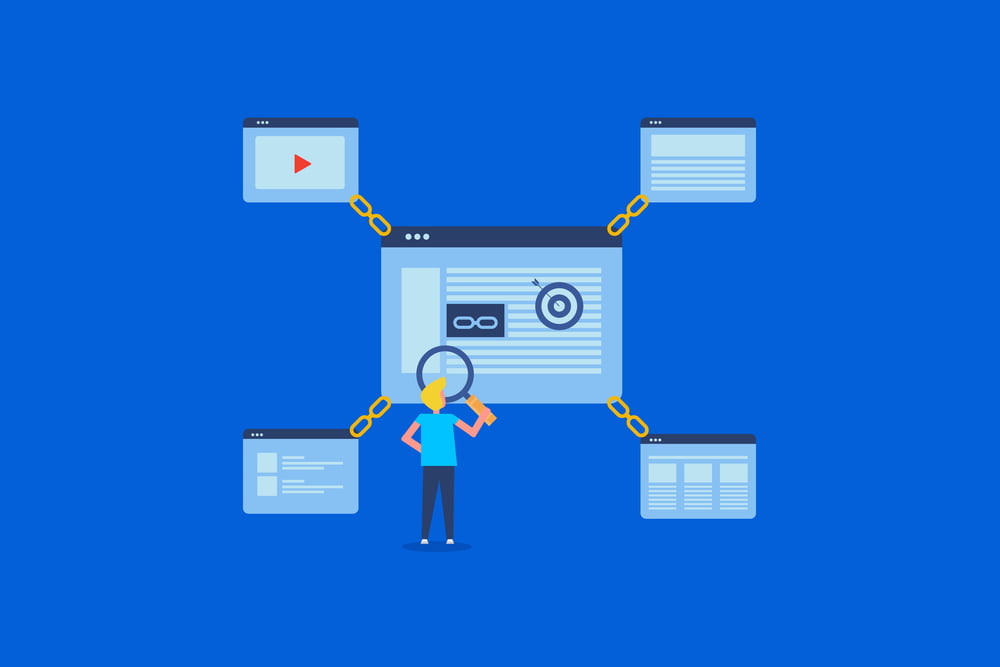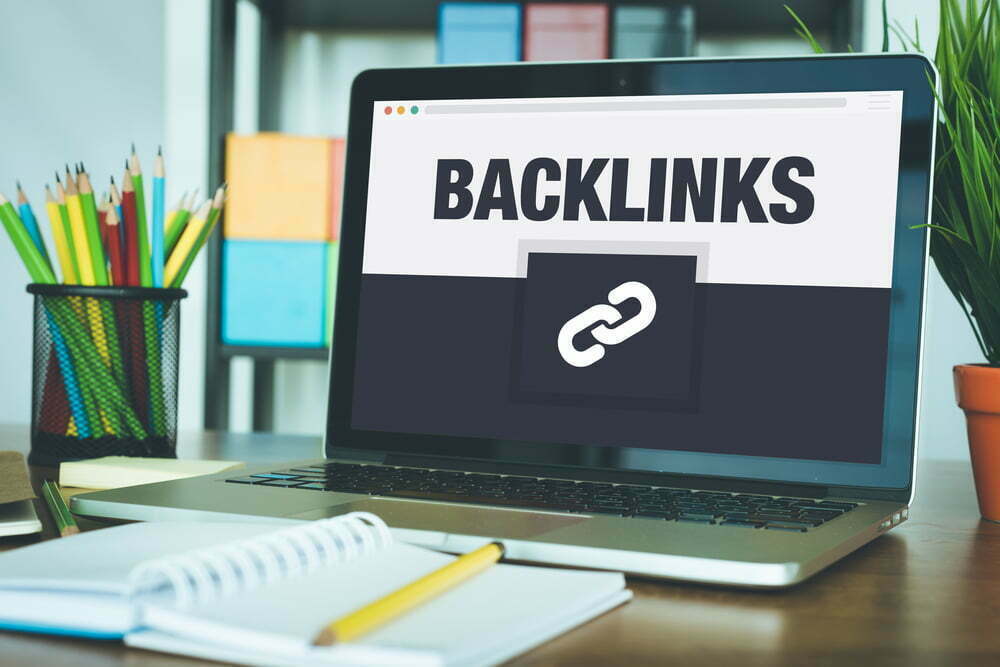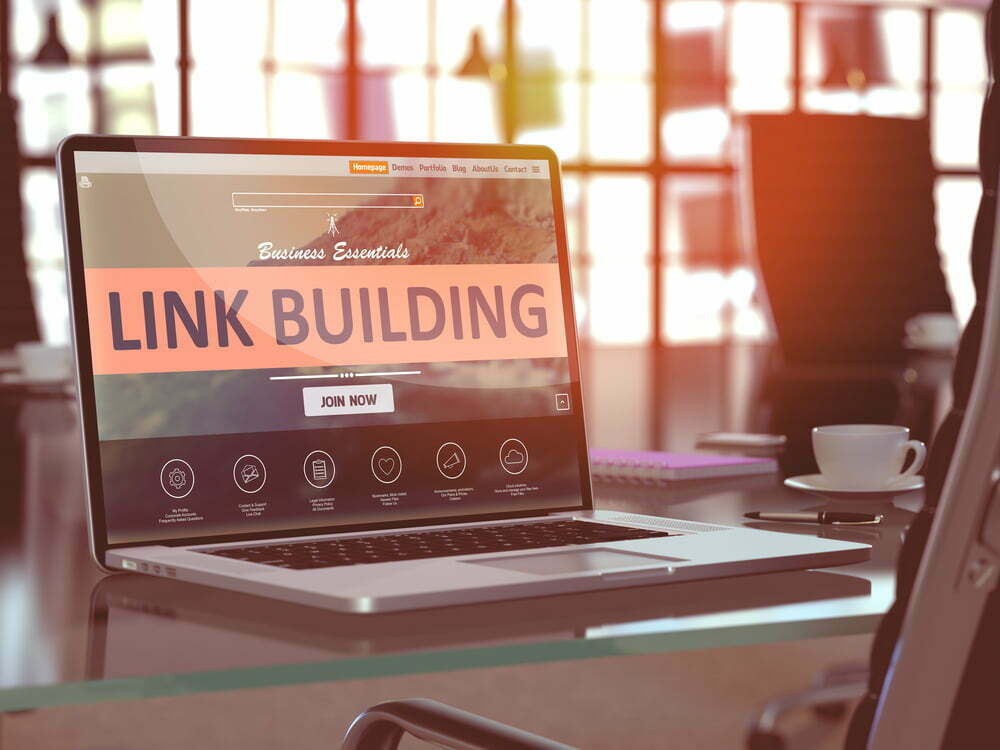Ensuring your website’s success is a challenging endeavor and developing a strong SEO strategy for your website, including internal and external linking, is a big part of the process. That’s why it’s integral to know the difference between the two link types and how they can impact your ranking power. After all, you want to learn the best SEO practices to improve your content's search visibility and keyword rankings, right?!
Throughout this article, I’ll explain everything you need to know about internal and external linking:
Differences Between Internal & External Linking
Internal linking means linking between pages on the same website, whereas external linking is linking between pages on different websites.

If you want to keep users on your web page, you’ll use internal links to keep them there. Internal links are hyperlinks that direct users to another page on your site. External links are also hyperlinks, but they point website visitors toward another site, typically to help improve your website’s credibility.
But why would you want someone to leave your website for another? I’m glad you asked.
An internal or external link can be a goldmine for your SEO strategy; including both internal and external links on a web page will help other content on your site when it gets crawled and win over Google’s search algorithm preferences. The linking page will appear more authoritative and help Google decide whether your content should rank higher on search engine results pages.
Internal linking can help search engines understand the structure and hierarchy of the site, while external linking helps search engines understand the relationships between various sites.
Benefits of Internal Linking
Internal links are an essential component of SEO. They help establish and spread link equity throughout your website. Optimizing internal links is important because it increases your chances of ranking. Internal links can improve the user experience by making it easier to find related content and navigate through the website.
Internal links can provide additional benefits, such as:
- Help your web pages get crawled by Google
- Lower your web page’s bounce rate
- Spread link equity
- Drive traffic to pages you want to rank
- Increase the number of views on a web page
- Improve keyword rankings for the target page with SEO-optimized anchor texts
Benefits of External Linking

By including external links, you can increase the authority and reputation of your website, all while improving the user experience and meeting your SEO strategy goals.
In addition, external links can help your site:
- Improve credibility by providing resources and information for users
- Increase your website authority
- Benefit your website by linking to trusted sites
- Help the content get noticed and shared by sites you’re linking to
Best Practices for Internal & External Linking
Internal Links
- Use Keyword-Rich Anchor Texts: It’s simple. Use the target keyword you want the linked page to rank for within the anchor text from the linking page. Ensure that it’s a clear and descriptive anchor text.
- Link to the Most Important Pages: Always link to the pages that provide the highest ROI for your business.
- Link From Relevant Pages: Use internal links to link pages together, especially if they’re about similar topics. Linking two relevant pages can increase your ranking potential rather than linking two unrelated pages.
- Link to Pages You Want To Rank Higher: If your page has a good chunk of internal links, the better the chance it has at ranking higher on Google. Including more internal links on a web page can also increase keyword rankings.
- Use Dofollow Links for Internal Links: A dofollow link is a backlink that helps point back to a website or blog post for Google and other search engines to crawl. You should use a dofollow link rather than a nofollow link. Nofollow links can decrease link equity potential as they don’t typically count in page ranking calculations.
- Avoid Keyword-rich Anchors in Footer Links: When you shove too many keyword-rich anchors into footer links, Google will consider it spam. Avoid doing so, as it could get your website penalized.
External Links
- Link to Relevant Sites: Adding external links to relevant sites can help Google learn more about your content and determine whether it’s rank worthy. An external link can help crawlers figure out what topics and keywords should be linked to your page.
- Link to Authoritative Sites: External links can help establish domain authority and credibility for your linking page. Include external links to high authority sources to boost your site’s reputation.
- Avoid Using Too Many External Links: External links are good, but including too many outbound links can trick Google into thinking it’s spam. Make sure you only use links that are helpful to readers. Keep the links relatively low too. Most web pages have 3-5 external links for SEO purposes.
- Use Nofollow Links for Promotional Links: As I mentioned above, nofollow links help Google determine that the one page you linked to isn’t associated with your web page and shouldn’t get crawled. You may only want to use a nofollow link if the external link was paid for. Additionally, you should use an external link for another site if you’re unsure about the web page’s reputation.
Using a mix of external and internal links together can elevate the user experience and provide more value.
Using Link Whisper To Optimize Your Linking

Link Whisper is a new SEO plugin that helps speed up the internal linking process and increase search engine rankings. This plugin completely streamlines link-building efforts with automation, customization, and reporting features.
This SEO tool uses artificial intelligence to analyze, identify and recommend opportunities in your content where internal links may be relevant. You can generate an entire list of internal link suggestions, turning a time-consuming task into a rapid-fire process.
Some benefits of using Link Whisper include the following:
- Saves time and effort while managing internal linking
- Improves website ranking in search results
- Enhances the user experience by suggesting relevant internal links
There are some drawbacks associated with Link Whisper, however. The tool will seem complex to some and may require a learning curve for those unfamiliar with SEO tools. It may also not be suitable for all websites, depending on their size and intricacies.
Read my Link Whisper review for more information about the tool.
FAQ
Is There a Specific Ratio of Internal & External Links I Should Use?
There’s no specific ratio of internal and external links you need to follow when building links for your website. However, it’s generally a good idea to use them both to provide more to the user experience.
As I mentioned, internal links are integral for search engines to understand the website hierarchy and structure. Internal linking can also distribute link equity throughout the site. External links can impact the credibility and authority of your website in the eyes of search engines and also provide additional resources and information for users.
When using both link-type strategies, ensure they’re relevant and add some substance to the user’s experience. Avoid overoptimizing your link profile with too many exact-match anchor texts or linking to irrelevant pages. Ultimately, the most pivotal aspect to focus on is creating quality content with additive value for readers and using internal and external linking to develop a content marketing strategy.
Is There a Limit to the Amount of External Links I Should Put on My Page?
No. There isn’t a specific limit on the number of external links you should include on a web page. However, it’s crucial to use external links sparingly and only link to relevant, high-quality websites that provide more value for the user.
Should I Add Nofollow Tags on My External Links?
In general, you should use nofollow tags every so often and only on links where you don’t want to pass along link equity or endorse the content on the linked web page. An example would include using nofollow tags on links to sponsored content.
Are There New Tags I Need To Add on External Links If They Are Affiliate Links?
If you’re using affiliate links on your website, use the rel=”sponsored” attribute on the chosen links.

To use the rel=”sponsored” attribute, you can add it to the link’s HTML code like this:
<a href=http://www.example.com rel=”sponsored”>Example Link</a>
Always use the rel=”sponsored” attribute for all affiliate links on your site to ensure the search engines are aware. You should also consider adding the nofollow attribute to your affiliate links to indicate to search engines that you don’t want it crawled.
What is the Difference Between an External Link and a Back Link?
Internal linking revolves around the process of linking between pages on the same website. Linking internally helps search engines understand the structure and hierarchy of your site. External links help search engines comprehend the relationships between the two sites.
Conclusion
I hope you found this guide helpful. Remember, the two link strategies can improve the overall SEO value for your specific website and increase authority on all your web pages.
Visit SerpFocus today for more reviews and information about the latest SEO tools.



Leave a Reply
You must be logged in to post a comment.